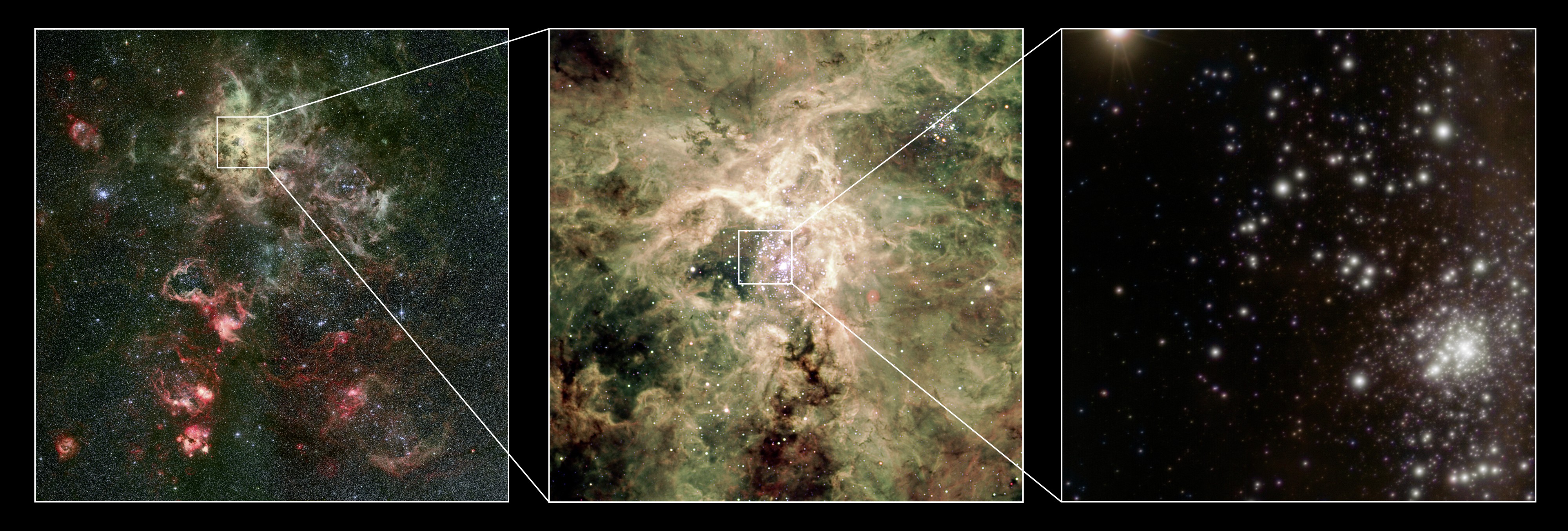Please login in order to download photos in full size
If you are not registered, please register for free: www.Free-Photos.biz/register
Please note to download premium images you also need to join as a free member..
You can also save the photos without the registration - but only in small and average sizes, and some of them will have the site's watermark. Please simply click your right mouse button and save the image.
Please login in order to like photos
If you are not registered, please register for free:
Sorry, non-members can download up to 1100 full-size photos per month.
It looks like you have used up your limit.
Free members can download an unlimited number of full-size photos - including the premium free photos.
Join as a member today for FREE! - and download the images without limitations:
www.Free-Photos.biz/membership.php
You can also save the images without the membership - but only in small and average sizes, and some of them may have the site's watermark. Please simply click your right mouse button and save the image.

|
This is a premium free photo
This photo was viewed 6 times and was downloaded in full size 2 times.
This photo was liked 0 times
Source page: |
http://commons.wikimedia.org/wiki/File:ESO_-_Eso1030a_(by).jpg |
|---|
| Description |
English: Using a combination of instruments on ESO’s Very Large Telescope, astronomers have discovered the most massive stars to date, some weighing at birth more than 300 times the mass of the Sun, or twice as much as the currently accepted limit of 150 solar masses. The most extreme of these stars was found in the cluster RMC 136a (or R136 as it is more usually named). Named R136a1, it is found to have a current mass of 265 times that of the Sun. Being a little over a million years old, R136a1 is already “middle-aged” and has undergone an intense weight-loss programme, shedding a fifth of its initial mass over that time, or more than fifty solar masses. It also has the highest luminosity, close to 10 million times greater than the Sun.
R136 is a cluster of young, massive and hot stars located inside the Tarantula Nebula, in one of the neighbourhood galaxies of the Milky Way, the Large Magellanic Cloud, 165 000 light-years away. R136 contains so many stars that on a scale equivalent to the distance between the Sun and the nearest star there are tens of thousands of stars. Hundreds of these stars are so incredibly bright that if we were to sit on a (hypothetical) planet in the middle of the cluster the sky would never get dark. This montage shows a visible-light image of the Tarantula nebula as seen with the Wide Field Imager on the MPG/ESO 2.2-metre telescope (left) along with a zoomed-in visible-light image from the Very Large Telescope (middle). A new image of the R136 cluster, obtained with the near-infrared MAD adaptive optics instrument on the Very Large Telescope is shown in the right-hand panel, with the cluster itself at the lower right. The MAD image provides unique details on the stellar content of the cluster. |
|||||||
| Date | ||||||||
| Source | The young cluster RMC 136a | |||||||
| Author | ESO/P. Crowther/C.J. Evans | |||||||
| Permission (Reusing this file) |
|
Creative Commons Attribution 3.0 Unported
| EXIF data: | |
| File name | eso_-_eso1030a__by_.jpg |
|---|---|
| Size, Mbytes | 19.958723632813 |
| Mime type | image/jpeg |
| Color space information | 65535 |
| Exif image width | 6497 |
| Exif image length | 2200 |
| Software used | Adobe Photoshop CS3 Windows |
While the copyright and licensing information supplied for each photo is believed to be accurate, Free-Photos.biz does not provide any warranty regarding the copyright status or correctness of licensing terms. If you decide to reuse the images from Free-Photos.biz, you should verify the copyright status of each image just as you would when obtaining images from other sources.
The use of depictions of living or deceased persons may be restricted in some jurisdictions by laws regarding personality rights. Such images are exhibited at Free-Photos.biz as works of art that serve higher artistic interests.
PRIVACY POLICY
By registering your account and/or by subscribing to new and newly rated photographs you agree we may send you the links to photos and we may occasionally share other information with you.
We do NOT disclose your personal data.



